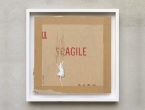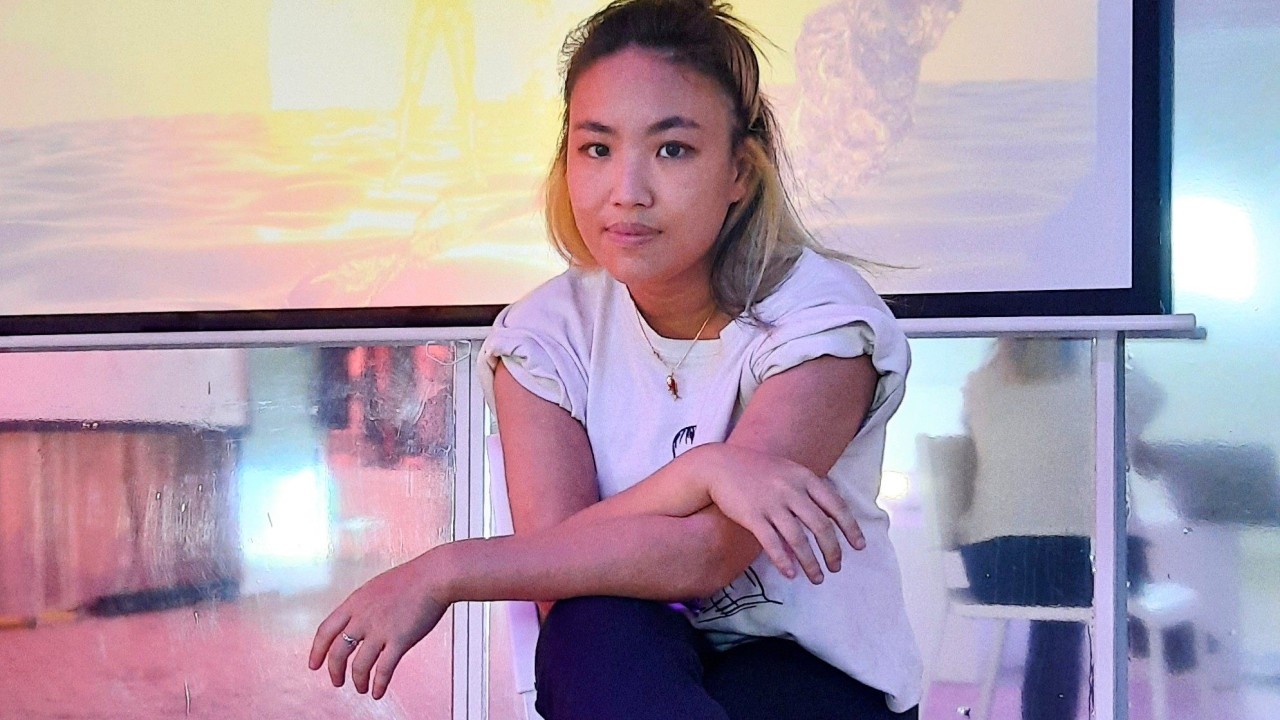Super Amuleto
2020 - Film & Video (Film & Video)
7min55sec
Wisrah Villefort
This video is a montage of documentary and virtual images found on the Internet. They all have a performative dimension with varying registers of violence. The title – Super Amuleto – refers to the lucky charm of a rabbit’s foot. In Western symbolism it refers to fertility and therefore to prosperity and luck. It also alludes to one of the first relationships between man and animal in a conception of the animal as a ritual and divinatory object. It is a relationship that is based on violence however, like that of the animal thought of as food (also referenced by the fish at the start of the video) or the domesticated animal. The film’s text guides us towards the idea that a ritual presents a spiritual justification. This idea is reinforced by the translation of the text at the bottom of the image into an unknown language, reminiscent of emojis, which seems intended for another audience who remain invisible to us much like the magical language of Walter Benjamin. In certain sequences of the film, like those of the octopus on the face of a young woman or that of the drone with the eagle, there are relations of attraction / repulsion between man and animal, animal and machine which are ultimately also located within this register of violence.
Wisrah Villefort produces videos, installations and sculptures with a reflection on notions of the non-human, the increased presence of new digital technologies in our daily life, the use of synthetics polymers, prostheses and their markets. His work refers to current neo-materialist theories which confer existence to things with the idea that the relationship between man and objects – when their sensory materiality is recognized – can lead to productive alliances. It was Walter Benjamin who, very early on, claimed that the language of things is a “productive language” in the sense that it contains traces of origins and of God. The idea for him is that human language must be able to translate the meaning not by a ‘translation’ in the classical sense of the term but by a transfer, a transmission.
Colors:
Related works sharing similar palette

© » KADIST
KADIST Holiday Get-together, exhibition walk-through of Native Art Department International, Bureau of Aesthetics with artist, writer, and educator tamara suarez porras followed by Cran Royale cocktails and cheese boards to welcome our artist-in-residence Jeamin Cha! tamara suarez porras is an artist, writer, and educator from (south) Brooklyn, New York and based in the San Francisco Bay Area...
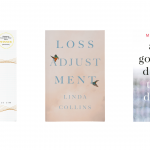
© » ARTS EQUATOR
How the Singapore literary ecosystem tackles mental health | ArtsEquator Thinking and Talking about Arts and Culture in Southeast Asia ArtsEquator Viewpoints December 27, 2021 By Sarah Tang (1,450 words, 5-minute read) cw: Contains mentions of suicide There appears to be more local books and writing about mental health in the Singapore lit scene in recent years...
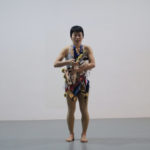
© » ARTS EQUATOR
Transgression, triggers, and the thousand cuts of “Blunt Knife” | ArtsEquator Thinking and Talking about Arts and Culture in Southeast Asia Articles Photo courtesy of the artist June 25, 2019 By Corrie Tan (2,700 words, 13 -minute read) Content Warning: Mentions of a sexual relationship involving a teenager This response contains major spoilers for Blunt Knife by Eng Kai Er and A Doll’s House by Theatre of Europe...

© » LENS CULTURE
49/23 — Considering Technology, AI and Photography - Photographs by Gregory Eddi Jones | Interview by Liz Sales | LensCulture Feature 49/23 — Considering Technology, AI and Photography In his new thought-provoking series “49/23,” Gregory Eddi Jones considers the implications of rapidly advancing technology by intertwining vintage photography and AI-generated images...

© » KADIST
Olga Grotova
2022Our Grandmothers’ Gardens by Olga Grotova is based on the history of Soviet allotment gardens, which were small plots of land distributed amongst the families of factory workers to compensate for poor food supply in a country that was over-producing weapons...

© » ART PIL
A Pick Gallery | ARTPIL MAIN ARTICLES PROFILES ANNOUNCEMENTS EXHIBITIONS WORKS COLLECTIONS ABOUT MAIN ARTICLES PROFILES ANNOUNCEMENTS EXHIBITIONS WORKS COLLECTIONS ABOUT ARTICLES art photography film + video culture + lifestyle exhibits + events features prescriptions PROFILES artists photographers filmmakers designers/architects fashion organizations/mags museums/galleries Search for: Search Button newsletter | facebook fb | instagram insta • Esmeralda Kosmatopoulos A Pick Gallery Turin Founded in June 2019, A PICK GALLERY is a contemporary art gallery that, as its name suggests, focuses on the research and selection of artists, emerging and established, on the international scene...
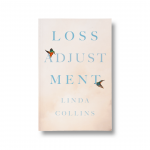
© » ARTS EQUATOR
Tender reading: A review of Loss Adjustment by Linda Collins | ArtsEquator Thinking and Talking about Arts and Culture in Southeast Asia Articles January 28, 2021 By Grace Foo (650 words, 3-minute read) Not many people can endure the traumatic experience of losing a child to suicide, let alone be of sound mind to write about it in a painfully self-aware manner...

© » KADIST
Roman Ondak
2003As the caption purposely admits, these drawings were made by friends of Ondák’s at home in Slovakia asked to interpret places he has journeyed to...
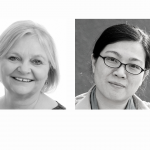
© » ARTS EQUATOR
SDEA Theatre Arts Conference Keynote Interviews: Drama lessons in a pandemic (Part 1) | ArtsEquator Thinking and Talking about Arts and Culture in Southeast Asia ArtsEquator Viewpoints May 2, 2021 By Sarah Tang SDEA is holding its first fully online Theatre Arts Conference this year from 22 to 30 May...

© » KADIST
Daniel Gustav Cramer
2020David Gustav Cramer’s are composed of simple, descriptive texts accompanied by found photographs, letters or other materials...

© » LONDONIST
Quentin Blake: Now Exhibition | Londonist This Free Quentin Blake Exhibition Lands In London At The End Of January By Will Noble Will Noble This Free Quentin Blake Exhibition Lands In London At The End Of January The exhibition is free, although if you want, you can spend a lot of money by purchasing an original...

© » KADIST
Adriana Martínez
2015Her work Al final del arcoiris (At the end of the rainbow, 2015) is a bundle of bills from Chile, Venezuela, Brazil, Colombia, Nicaragua, and Costa Rica, arranged by color to form a tight spiraling rainbow held close with a rubber band...

© » KADIST
Asli Çavusoglu is in residence at KADIST Paris from February to May 2020 to develop a project based on previous research she conducted on colors, extending her interest for their political histories towards the production of fabrics colored by naturally cultivated and fairly distributed vegetables, fruits and other edible plants...

© » KADIST
Maria Fernanda Plata
2015Unraveling, or “unweaving” sections of fabric, Maria Fernanda Plata arrived at delicate and tenuous-looking forms, both ghostly and gentle...



